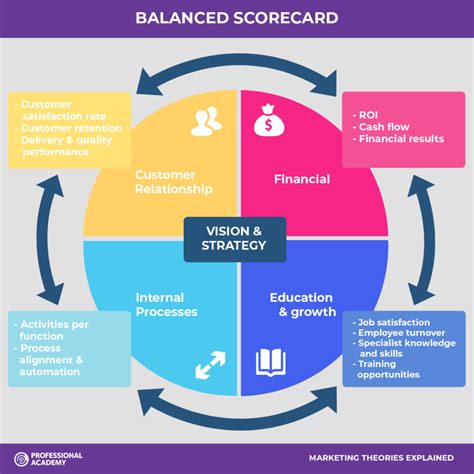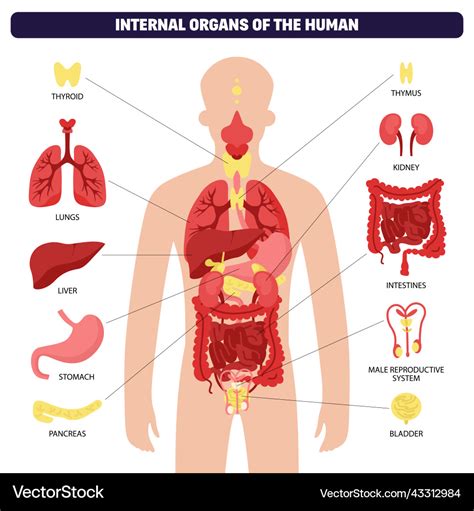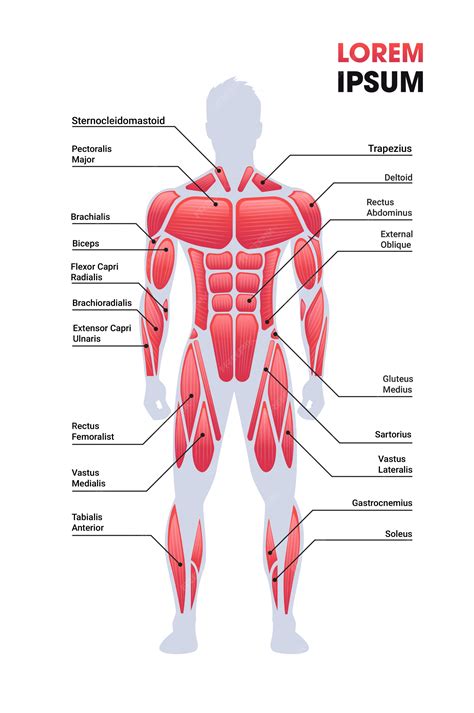Maximize fat loss while building lean muscle for men’s peak physique & performance?

Unlocking the Dual Goal: Fat Loss and Muscle Gain
Many men aspire to achieve the ultimate physique: shredded with visible muscle definition and exceptional performance. The challenge, often perceived as contradictory, is simultaneously shedding body fat while building lean muscle mass. While a pure bulk or cut cycle might seem simpler, achieving ‘body recomposition’ – the art of losing fat and gaining muscle at the same time – is not only possible but highly effective for those seeking their peak physique and performance.
This article will delve into the science-backed strategies and practical applications that allow you to maximize fat loss while effectively sculpting lean muscle, optimizing both your aesthetics and athletic capabilities.
The Foundational Pillars of Body Recomposition
1. Precision Nutrition: Fueling for Dual Success
Nutrition is paramount. To lose fat, you generally need to be in a caloric deficit. To build muscle, you typically need a caloric surplus. This is where the nuance of body recomposition comes in: a slight caloric deficit or maintenance, coupled with high protein intake, can allow your body to tap into fat stores for energy while providing sufficient amino acids for muscle repair and growth.
- Caloric Strategy: Aim for a slight deficit (200-300 calories below maintenance) on training days, or maintenance, and ensure adequate protein.
- High Protein Intake: Crucial for satiety, muscle preservation, and muscle building. Target 1.6-2.2 grams of protein per kilogram of body weight.
- Carbohydrate Timing: Focus carbs around your workouts to fuel performance and aid recovery.
- Healthy Fats: Essential for hormone production and overall health.

2. Intelligent Resistance Training: The Muscle Stimulator
Resistance training is the primary driver for muscle growth and helps preserve muscle mass during a caloric deficit. It signals to your body that muscle is needed, encouraging it to prioritize burning fat for energy.
- Compound Lifts: Prioritize exercises like squats, deadlifts, bench presses, overhead presses, and rows. These work multiple muscle groups, stimulate more growth hormone, and burn more calories.
- Progressive Overload: Continuously challenge your muscles by increasing weight, reps, sets, or decreasing rest times. This is non-negotiable for muscle growth.
- Training Frequency: Aim for 3-5 full-body or split routines per week, ensuring each muscle group is trained 2-3 times.
Strategic Cardio and Active Recovery
3. Strategic Cardio: Enhancing Fat Loss Without Muscle Loss
Cardio can be a valuable tool for accelerating fat loss, but it needs to be integrated smartly to avoid hindering muscle gains or over-taxing your recovery.
- HIIT (High-Intensity Interval Training): Short bursts of intense exercise followed by brief recovery periods. Highly effective for burning calories and improving cardiovascular fitness without excessive time commitment.
- LISS (Low-Intensity Steady State) Cardio: Longer, less intense sessions (e.g., brisk walking). Excellent for active recovery, managing stress, and burning extra calories with minimal impact on recovery.
- Timing: Consider separating cardio from your resistance training sessions, or performing it post-weights to preserve energy for lifting.

4. Prioritizing Recovery: The Unsung Hero
Muscle isn’t built in the gym; it’s built during recovery. Adequate rest, sleep, and stress management are critical for muscle repair, hormone regulation, and overall performance.
- Sleep: Aim for 7-9 hours of quality sleep per night. Sleep deprivation can impair muscle growth, increase fat storage, and negatively impact performance.
- Stress Management: Chronic stress elevates cortisol levels, which can promote fat storage and muscle breakdown. Incorporate relaxation techniques like meditation, stretching, or reading.
- Active Recovery: Light activities like walking, stretching, or foam rolling can improve blood flow and reduce muscle soreness.

Advanced Strategies for Optimized Results
5. Hydration and Micronutrients
Don’t overlook the basics. Proper hydration is essential for all bodily functions, including metabolism and nutrient transport. A diet rich in fruits, vegetables, and whole grains ensures you get all necessary vitamins and minerals, supporting energy levels and recovery.
6. Consistency and Tracking Progress
Body recomposition is a marathon, not a sprint. Consistency in your diet, training, and recovery is key. Regularly track your progress:
- Body Composition: Use methods like skinfold calipers, DEXA scans (if accessible), or bioelectrical impedance to monitor changes in fat and muscle.
- Strength Gains: Log your lifts to ensure progressive overload.
- Visual Progress: Take weekly or bi-weekly progress photos.
- Measurements: Track waist, chest, arm, and leg circumference.

Conclusion: The Integrated Approach for Peak Physique
Achieving simultaneous fat loss and muscle gain requires a holistic and disciplined approach. By strategically combining a high-protein, slight caloric deficit or maintenance diet with intelligent resistance training, smart cardio, and unwavering commitment to recovery, men can effectively sculpt a peak physique that not only looks impressive but also performs at its best. Remember, patience and consistency are your most powerful allies on this transformative journey. Embrace the process, listen to your body, and celebrate every step of your progress towards a stronger, leaner, and more powerful you.









